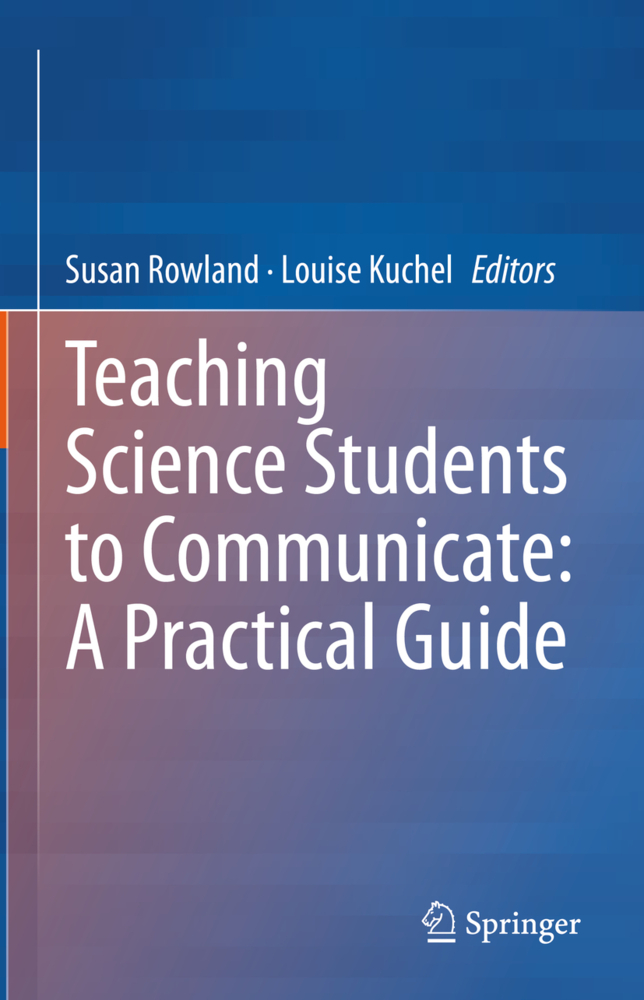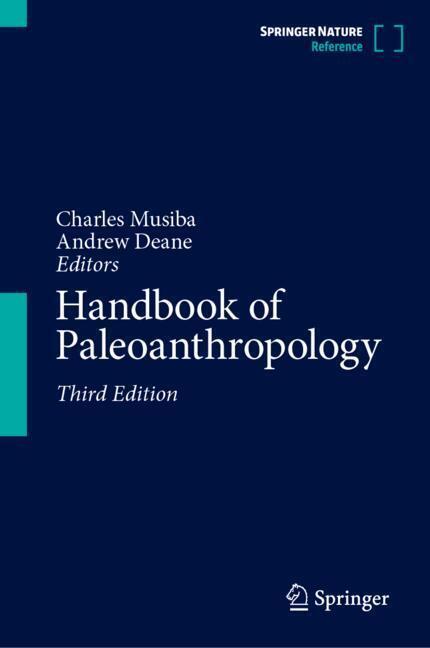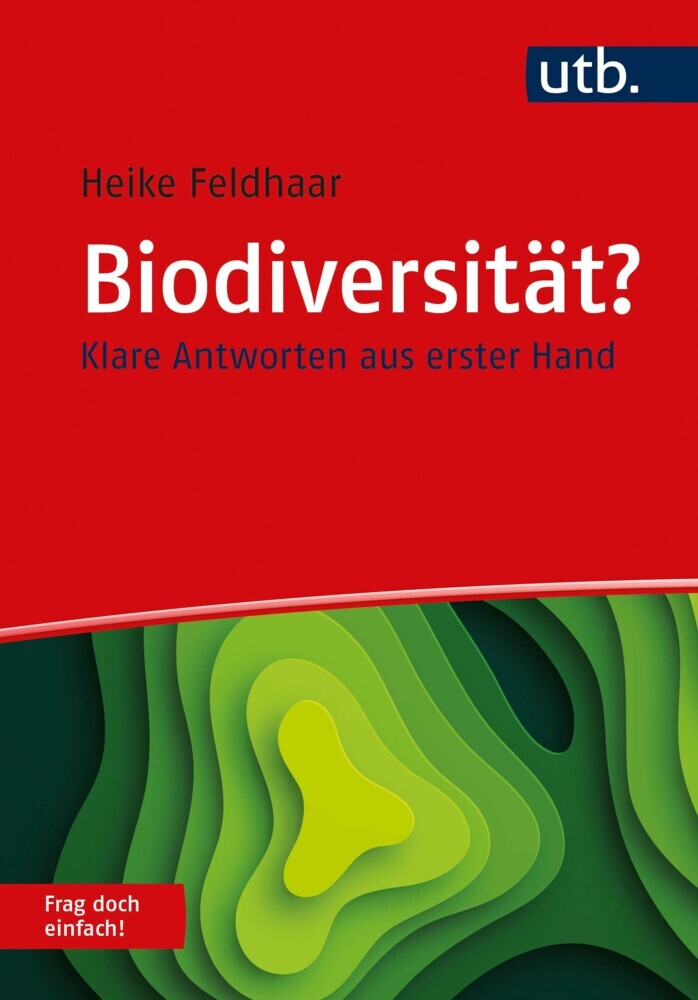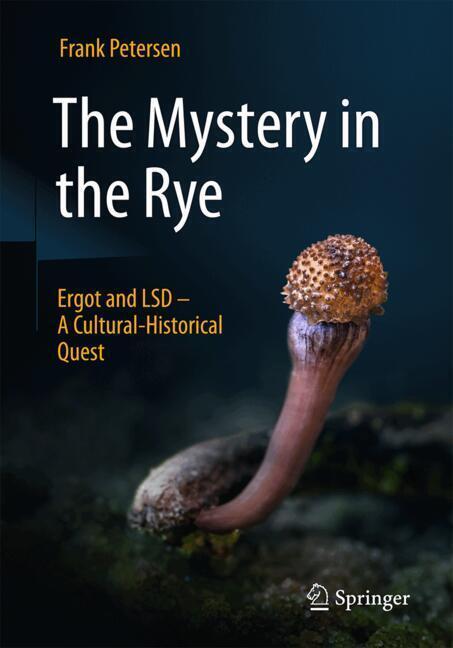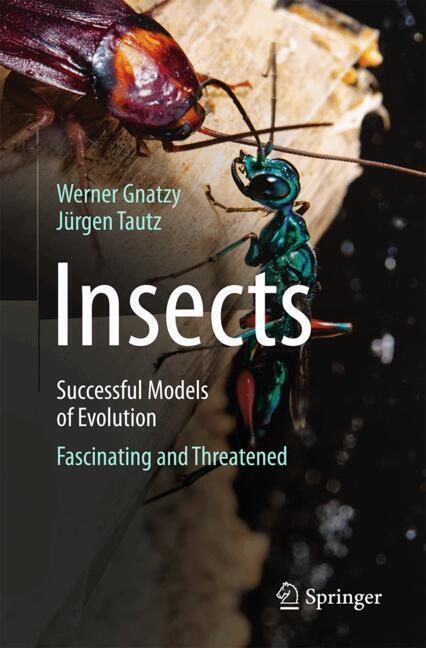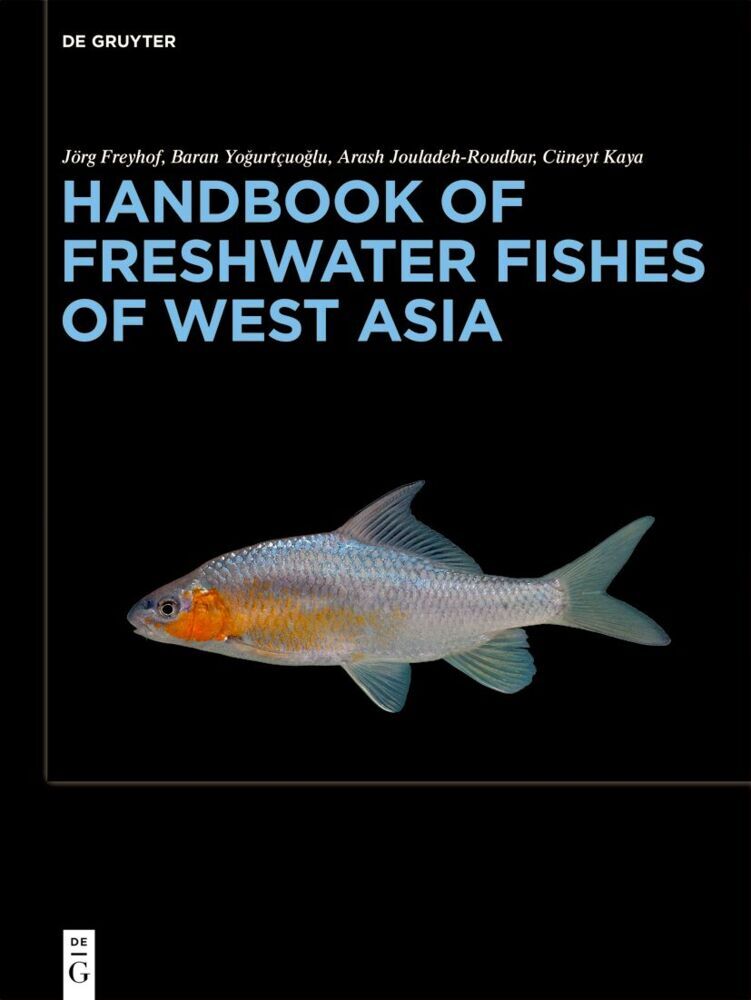Teaching Science Students to Communicate: A Practical Guide
This highly-readable book addresses how to teach effective communication in science. The first part of the book provides accessible context and theory about communicating science well, and is written by experts. The second part focuses on the practice of teaching communication in science, with 'nuts and bolts' lesson plans direct from the pens of practitioners.
The book includes over 50 practice chapters, each focusing on one or more short teaching activities to target a specific aspect of communication, such as writing, speaking and listening. Implementing the activities is made easy with class run sheets, tips and tricks for instructors, signposts to related exercises and theory chapters, and further resources.
Theory chapters help build instructor confidence and knowledge on the topic of communicating science. The teaching exercises can be used with science students at all levels of education in any discipline and curriculum - the only limitation is a wish to learn to communicate better!
Targeted at science faculty members, this book aims to improve and enrich communication teaching within the science curriculum, so that science graduates can communicate better as professionals in their discipline and future workplace.
Part 1. THEORY CHAPTERS
Chapter 1. The Rhetorical Triangle
Chapter 2. The social brain and the neuroscience of storytelling
Chapter 3. Good Science Communication Considers Audience
Chapter 4. On establishing trust
Chapter 5. Intentional and unintentional messaging
Chapter 6. Science graduates & communication in the workplace
Chapter 7. Models of group decision-making
Chapter 8. Data Visualisation
Chapter 9. Misinformation and how to respond
Chapter 10. Communicating in a space of conflict
Chapter 11. Critical appraisal of information
Chapter 12. Communicating risk and uncertainty
Part 2. PRACTICE Engaging
Chapter 13. The 5-box talk template for structuring a presentation to any audience
Chapter 14. Getting students to express an opinion
Chapter 15. Understanding your target audience through writing their biography
Chapter 16. Using active learning techniques to engage audiences in oral presentations
Part 3. PRACTICE Writing
Chapter 17. Nominalisations - the battle against -me t, -tion, and -ery
Chapter 18. Learning to write from the way you read
Chapter 19. How to deconstruct when reading and construct when writing an abstract
Chapter 20. Using the de-jargonizer and readability scores to help you write clearly
Part 4. PRACTICE Distilling
Chapter 21. Statements of Critical Significance (SOCS) for communicating succinctly
Chapter 22. Infographics
Chapter 23. Hooks & Headlines
Chapter 24. Poetry as a device to distil science
Chapter 25. Put the slides to one side - replacing static slides with a prop
Part 5. PRACTICE Speaking
Chapter 26. The think aloud protocol for obtaining feedback on writing
Chapter 27. Show and speak to design compelling graphs & diagrams
Chapter 28. Using Sentence Frames and Question Cards to scaffold verbal discourse - Scaffolded practice for engaging in discourse and argumentation in science
Chapter 29. The power opening - how to grab your audience at the start of your talk
Chapter 30. Physical presence - how to use your voice and body to be more dynamic speaker
Chapter 31. Building powerful presentations through framing and a call to action
Part 6. PRACTICE Listening
Chapter 32. Mirror-mirror - learning to listen to your audience
Chapter 33. See it, speak it, draw it and learn to communicate in simple language
Chapter 34. Understanding the hidden meanings of words using The Word-Association Game
Chapter 35. Learning to be part of the conversation through blogging and blog commenting
Part 7. PRACTICE Investigating
Chapter 36. Using a KLEWS chart to collect and organize information during investigations
Chapter 37. The RADAR framework for evaluating sources of information
Chapter 38. Forming a research question
Part 8. PRACTICE Storytelling
Chapter 39. Narrative arc, the hero, the villain, and the goal of a story
Chapter 40. A practical guide to storytelling frameworks
Chapter 41. The 5 fact story
Chapter 42. Using the message triangle to distil complex research into a story
Chapter 43. One-line stories as connections between slides
Chapter 44. Iconic stories: learn and practice the principles of storytelling using visual cues with and, but, therefore narrative structures
Chapter 45. Using art and reflection to do a deep dive into science
Part 9. PRACTICE Communicating with intent
Chapter 46. So what? Writing an impact statement
Chapter 47. The Communicate with Intent Framework
Chapter 48. The values affirmation exercise
Chapter 49. Identifying personal beliefs and values through group sense making
Chapter 50. Finding your authentic voice
Chapter 51. Communicating for inclusion - using powerful images and language to support diversity in science
Part 10. PRACTICE Genre
Chapter 52. The Genre Switch Game
Chapter 53. Creative Podcasting to Develop Content Knowledge and Communication Skills
Chapter 54. A step-by-step procedure for developing and testing an effective analogy
C
| ISBN | 978-3-030-91627-5 |
|---|---|
| Medientyp | Buch |
| Copyrightjahr | 2023 |
| Verlag | Springer, Berlin |
| Umfang | X, 559 Seiten |
| Sprache | Englisch |

